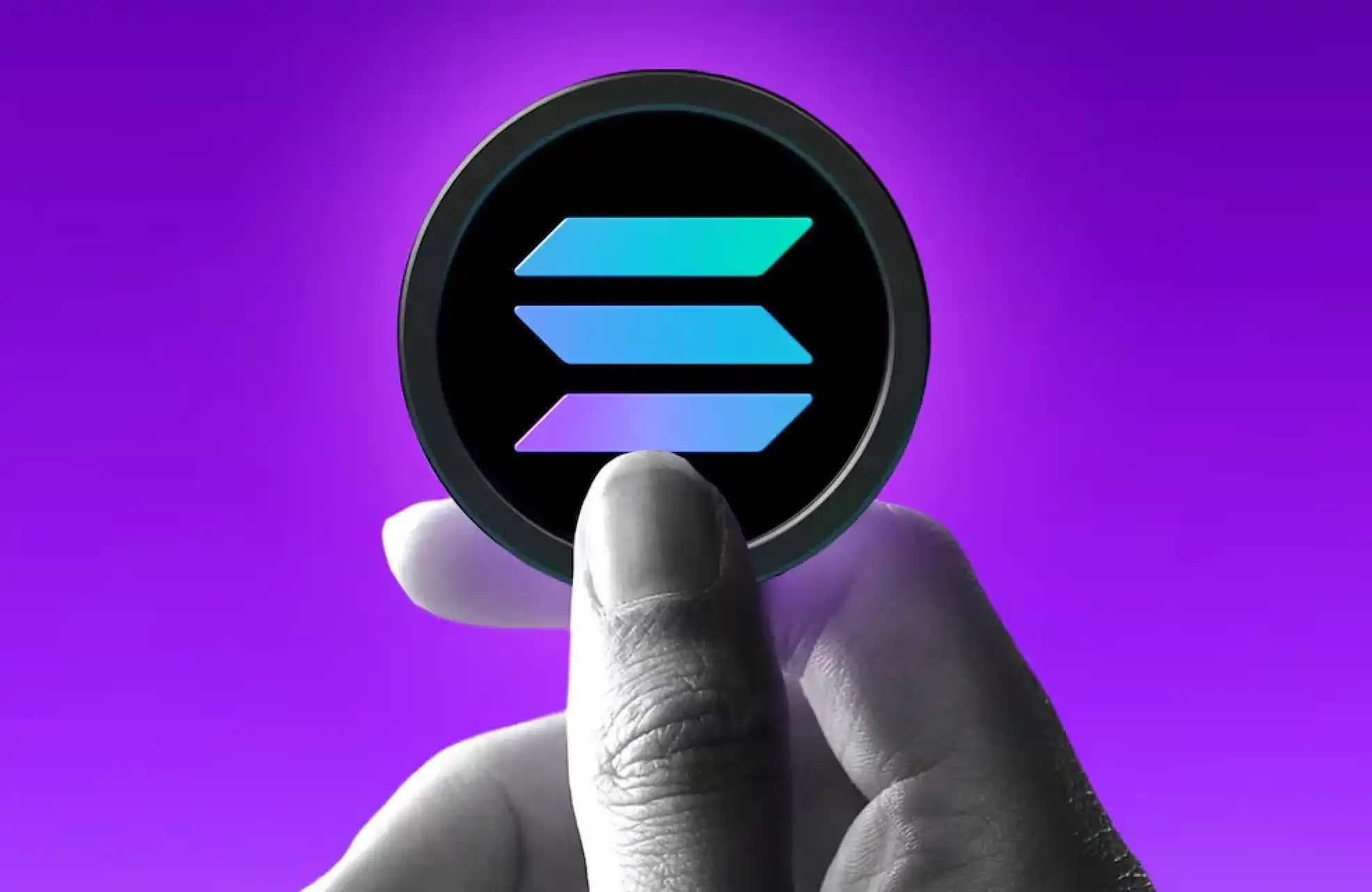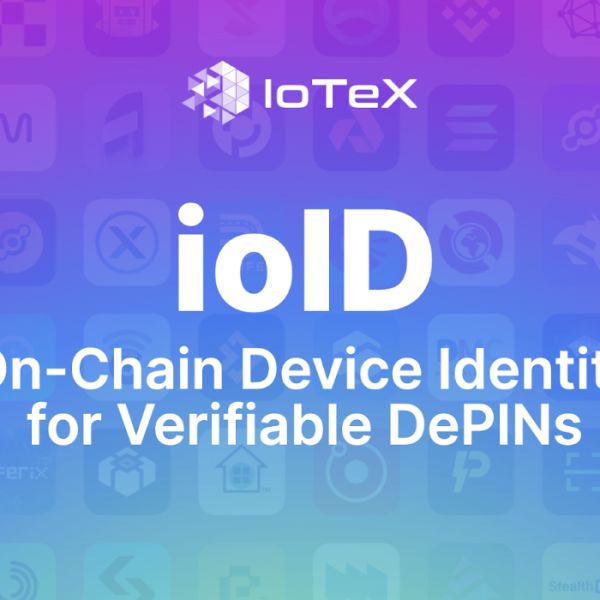Divine Research Distributes Thousands of Unsecured Digital Asset Loans
According to Cointelegraph, San Francisco-based lender Divine Research has issued approximately 30,000 unbacked short-term crypto loans since December 2024. The platform uses OpenAI CEO Sam Altman's iris-scanning World ID system to verify borrower identities and prevent multiple account creation after defaults.
Divine offers loans under $1,000 in USDC stablecoin, primarily targeting overseas borrowers excluded from traditional banking services. Company founder Diego Estevez told the Financial Times that borrowers include high school teachers, fruit vendors, and other individuals with internet access. Interest rates range from 20% to 30% annually, with a reported first-loan default rate of approximately 40%.
The platform operates without requiring collateral, instead relying on World ID's biometric verification to ensure borrowers cannot open new accounts after defaulting. Estevez describes the service as "microfinance on steroids," providing credit access to populations traditionally underserved by conventional financial institutions. The company compensates for high default rates through elevated interest charges and partial recovery of free World tokens distributed to borrowers.
Platform Addresses Critical Financial Access Gap
Divine Research's lending model targets a substantial global population lacking access to traditional credit services. The platform's approach addresses barriers faced by individuals in emerging markets where conventional banking infrastructure remains limited or inaccessible.
We previously covered how World ID represents a privacy-preserving proof of personhood system built on iris biometrics, providing reliable distinction between real humans and artificial intelligence systems. This technology enables Divine to verify borrower authenticity without requiring government identification documents or credit histories typically demanded by traditional lenders.
The 40% default rate, while substantial, reflects the platform's focus on high-risk borrowers who cannot access conventional credit markets. Estevez argues that the business model remains profitable through structured interest calculations that account for expected losses. Retail investors provide liquidity for the platform, earning returns despite the elevated default environment.
According to CoinDesk, the crypto lending market is experiencing renewed institutional interest, with major banks like JPMorgan exploring digital asset-backed lending services. This institutional movement validates the growing demand for alternative lending mechanisms in the cryptocurrency sector.
Traditional Finance Institutions Enter Crypto Lending Space
Divine Research's unbacked lending approach represents one end of the emerging crypto credit spectrum, while traditional financial institutions explore collateralized digital asset lending. JPMorgan Chase reportedly plans to offer Bitcoin and Ethereum-backed loans as early as 2026, targeting high-net-worth clients seeking liquidity without selling crypto holdings.
The contrast between Divine's uncollateralized microfinance model and JPMorgan's secured institutional lending reveals the diverse applications of cryptocurrency in credit markets. Where Divine serves underbanked populations through small, high-risk loans, traditional banks focus on affluent clients using digital assets as collateral for lower-risk transactions.
This institutional entry follows the collapse of previous crypto lending platforms Celsius and Genesis, which highlighted the importance of robust risk management and regulatory compliance. JPMorgan's cautious approach, beginning with crypto exchange-traded fund acceptance before moving to direct digital asset collateral, reflects lessons learned from these earlier failures.
The crypto lending market's recovery from its 2022 low of $9.6 billion to current levels exceeding $39 billion demonstrates renewed confidence in digital asset credit products. Galaxy Research data shows both centralized and decentralized platforms contributing to this growth, with institutional investors increasingly participating in crypto-collateralized borrowing arrangements.
Divine Research's biometric verification system addresses fundamental challenges in decentralized lending, where traditional credit scoring mechanisms prove inadequate. The platform's success or failure may influence future development of identity verification technologies in cryptocurrency finance, particularly as regulatory frameworks evolve to accommodate innovative lending models.
Disclaimer: The content of this article solely reflects the author's opinion and does not represent the platform in any capacity. This article is not intended to serve as a reference for making investment decisions.
You may also like
The latest SOL proposal aims to reduce the inflation rate, but what are the opponents thinking?
The Solana community has proposed SIMD-0411, which would increase the inflation deceleration rate from 15% to 30%. It is expected to reduce SOL issuance by 22.3 million over the next six years and accelerate the reduction of the inflation rate to 1.5% before 2029.

IoTeX launches the world's first on-chain identity solution ioID designed specifically for smart devices
ioID is revolutionizing identity management for smart devices, allowing DePIN to authenticate devices, protect data, and unlock next-generation application scenarios within a user-owned ecosystem compatible with any blockchain.

Mars Morning News | Last week, global listed companies made a net purchase of $13.4 million in BTC, while Strategy did not buy any Bitcoin last week
Expectations for a Federal Reserve interest rate cut in December have risen, with Bitcoin briefly surpassing $89,000 and the Nasdaq surging 2.69%. There are internal disagreements within the Fed regarding rate cuts, causing a strong reaction in the cryptocurrency market. Summary generated by Mars AI. This summary is generated by the Mars AI model and its accuracy and completeness are still being iteratively updated.

The covert battle in the crypto industry escalates: 40% of job seekers are North Korean agents?
North Korean agents have infiltrated 15%-20% of crypto companies, and 30%-40% of job applications in the crypto industry may come from North Korean operatives. They act as proxies through remote work, using malware and social engineering to steal funds and manipulate infrastructure. North Korean hackers have stolen over $3 billion in cryptocurrency to fund nuclear weapons programs. Summary generated by Mars AI. This summary is generated by the Mars AI model, and its accuracy and completeness are still being iteratively improved.
